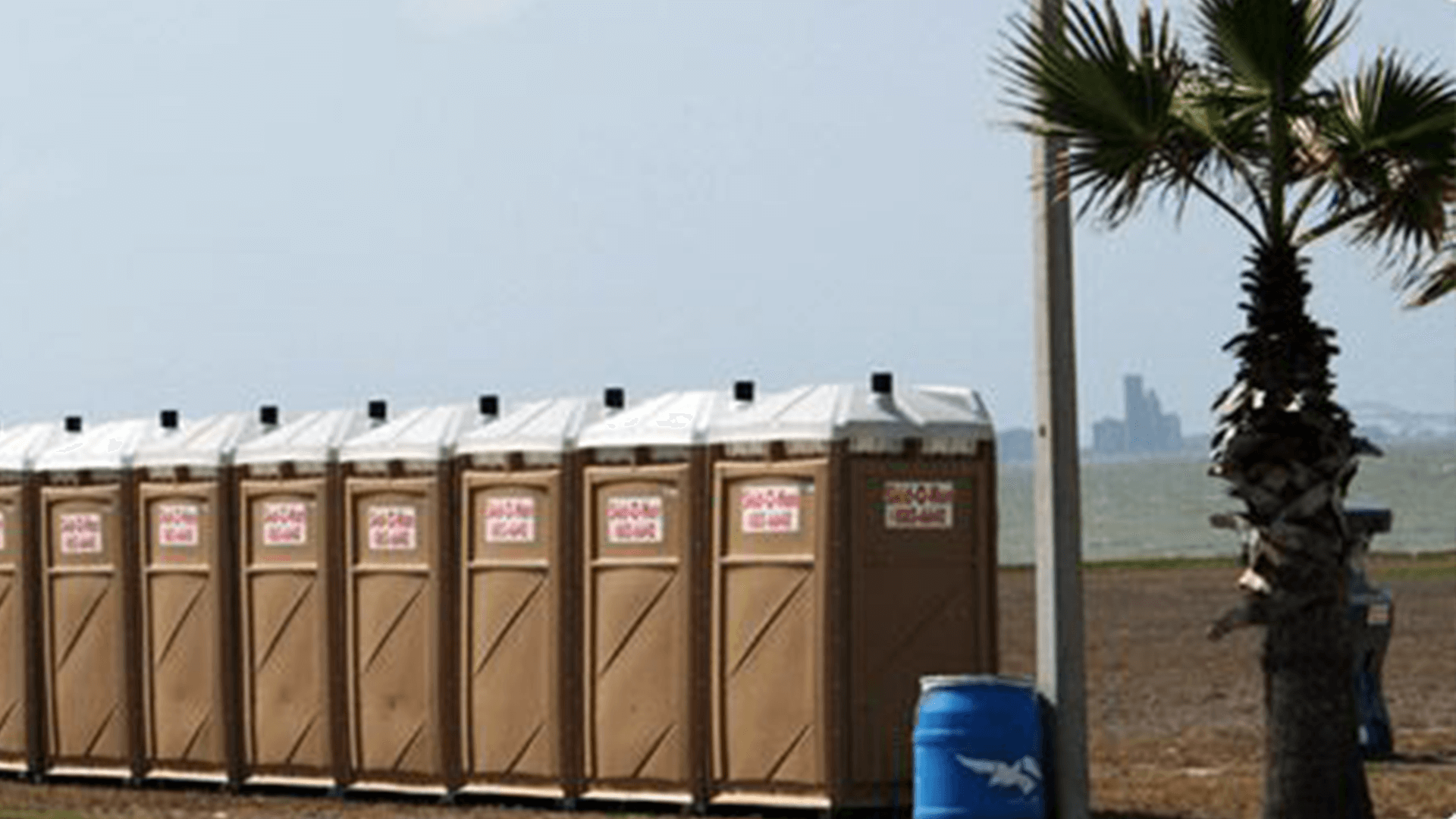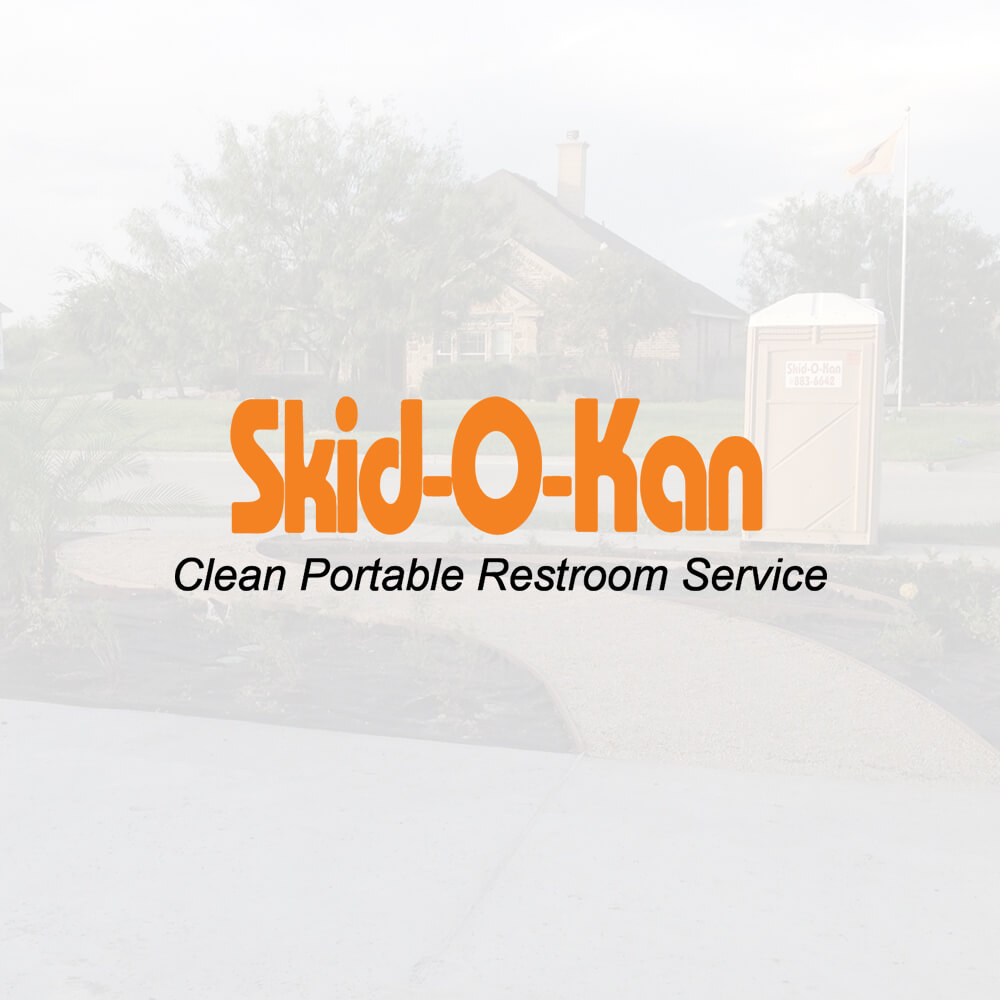Background
Skid-O-Kan Company has been providing portable toilets and other services in South Texas for over 50 years. Their experience and long-standing relationships with customers prove that they have the stability and know-how to handle area companies’ needs. They offer portable restroom, sink, and wheelchair-accessible restroom rentals, along with restroom trailers, containment trays, and holding tanks. Basically, if someone needs temporary sanitation services in South Texas, Skid-O-Kan is able to help.
Challenge
Skid-o-Kan had outgrown its route-mapping method. With an average of 2,000 units on rent, the task of dispatching service for twenty daily routes, some with 300 stops, was too cumbersome to route manually. Locations without physical addresses had to be marked on key map books with detailed instructions. In short, the company needed a more efficient way to route and dispatch calls as well as record and report them for billing.
Solution
Skid-o-Kan implemented Point of Rental Software with integrated GPS service and mapping software. Locations that don’t have physical addresses are now marked by GPS and automatically mapped. Point of Rental uploads turn-by-turn directions directly to a pumper’s phone or in-cab unit, eliminating the need for paperwork. They set up service call frequencies in the software and view by truck, route, or stops. With GPS integration, the software automatically updates the truck location so the dispatcher can view progress. Using a mobile phone or tablet device, the pumper is able to mark each serviced unit with a date/time stamp and GPS location, providing accurate information for monthly or 28-day billing cycles.
Result
After implementing Point of Rental, service call routes are optimized for efficiency. In addition, utilizing the integrated mobile services now provides accurate billing information that shows the exact date and time of service. “We’re definitely more efficient now,” said Will Puryear, Office Manager at Skid-o-Kan. “With a business like ours, every mile counts, and the less miles we need to drive, the more money we make.”


